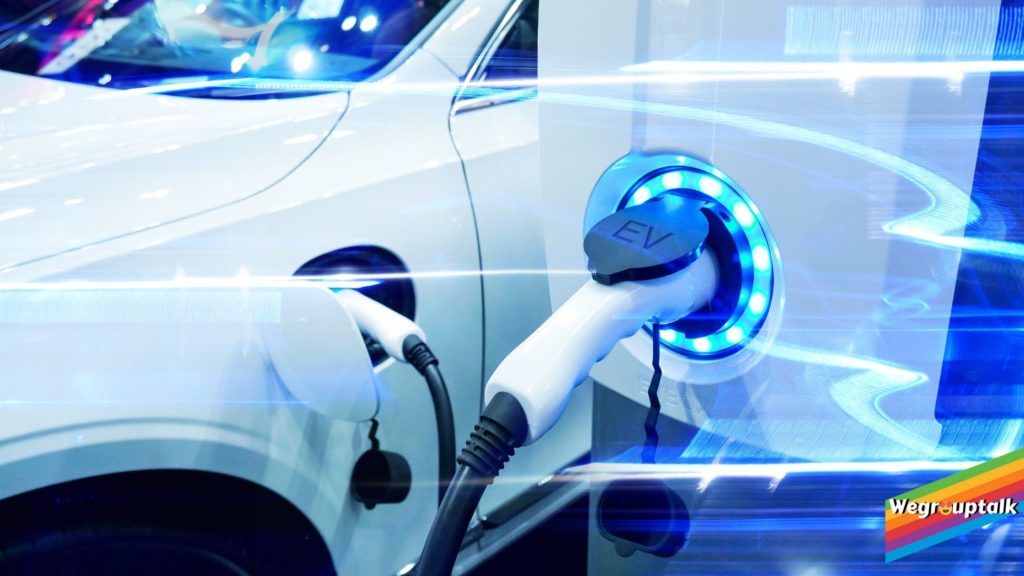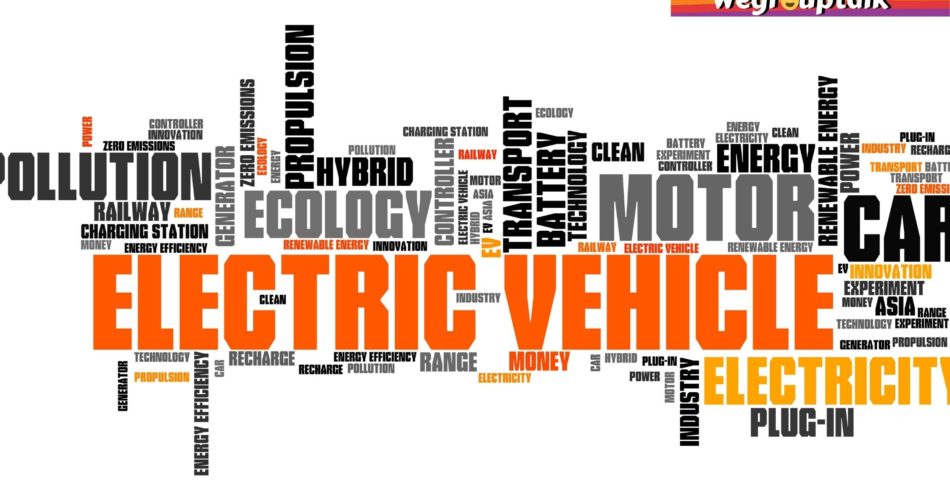Isn’t it amazing we are going to eliminate the main cause of pollution by 2050? It is aimed to eliminate all the diesel and petrol vehicles by the year 2050 by various governments of the world. But is it as amazing to the level as we are exciting it? We’ll talk about it a bit later.
Tesla is a huge name in the industry of electric cars, and the owner Elon Musk is showing us the future he has in his mind. Elon is prepared to welcome the new civilization and bring the movies to life. His dreams are making us advanced, but it costs us many different things too. The problems to bring in electric cars is that they need charging instead of gas. I believe you know the nearest gas station and why to worry so does your phone. But in the extensive and still-expanding gas stations network, it is highly difficult to locate and install an electric charging point.
But these are the minor issues I wanted just to point out once. The main purpose of writing this article is Lithium. Yes, you read it right, the Alkali metal which is used in batteries. This element surrounds you in the way you can’t even imagine and is our best possible way to store energy in the present scenario. You might pop-up the question in your mind now, so what it isn’t good is at least better than the non-renewable fuels we use.
But is it?
The advancement of electric cars
Electric cars aren’t a term of the present, and the term first came into limelight in the year 1881 when Gustave Trouve presented an electric car at the Paris exposition of electric cars. It isn’t just their products, but six electric cars held the land speed record in the 19th century. Electric cars were quite popular then, too, but gasoline and diesel cars’ cheaper production took over. The electric cars made their comeback in the year 2008, and it all started due to advances in batteries and the emissions of greenhouse gasses.
In the year 2004 tesla motor started making developments on their cars and came up with the tesla roadster. Tesla roadster was on the roads in the year 2008 and was the first legal highway all-electric car to use lithium-ion battery cells. The first produced car was expected to run 320 kilometres in a single charge.
In the year 2019 mortar trend magazine awarded the title, “fully electric car of the year” to the Tesla Model S. Tesla Model 3 became the world’s all-time best selling electric car overtaking Nissan Leaf and with more than 500,000 units delivered.
Till date, Tesla is investing in its initial belief and has a stronghold in the market of electric cars. Tesla is even putting out its cars in the racing track and competing for petrol and diesel cars with its electric cars. We can also say that electric cars are the motor industry’s future if we can overcome the issues faced in them.
What are the major problems of electric cars, excluding lithium?
Road Trips
Many of us adore long road trips that the new electric cars limit too since these cars can only run a limited distance on a single charge and hence prove to a huge disadvantage for long road trips.
We even love to go to remote areas which would also make us face problems as there still certain parts of the world where gas stations are rare and finding a charging point can prove to be equally fatal.
There is one more part of it, no matter the car is electric or not, there is not going to be a control over the traffic if it keeps increasing in this manner.
Cobalt
In case you ever missed that part, cobalt is an essential element in the making of batteries of the cars. To be specifically working with cobalt is dangerous to health, according to studies by Lenntech, exposure to it can cause serious heart problems. And the most horrendous thing about it is that there have been reports of association of child labour in cobalt mining.
The electrolyte used can be spilt
It is one of the major issues with electric vehicles. Since they won’t run without batteries, the chance of electrolyte spillage posses a great threat. If the electrolyte has been spilt by any chance, it can cause sores on the skin and even inflammation in eyes.
The repairing issues
The problem with electric cars is that their repair is hard to do. These issues stop the car from running and rather affect the car’s drivability and safety on the road. If diesel or a petrol car breaks down, you can always jump start it, and the thing is you can do the same with electric cars.

Electricity problems
Most of us think electric cars are efficient as they don’t produce smoke, but trust me when I say, they do. It isn’t a direct emission; the electricity used to charge the batteries comes from coal-powered plants. So it is emitting and polluting the environment in the or worse way.
Charging issues in electric cars
Charging the electric vehicles summons us to have a look at it again. The vehicles need to be charged a least after every 300 km. So locating a charging point is a major problem somewhere in the middle of the road. And since these charing points don’t have a wide network, one must restrict to cities while moving in an electric car.
The charging time is an issue that can’t be ignored either. If the battery is running low, then person riding has to stop at least for a couple of hours to charge it. And if the person is in a case of emergency. Then it is not an option to wait for hours to just charge their cars.
But all of this isn’t even the worst part of electric vehicles.
Lithium: the major constituent element of the batteries
About the element
Lithium is an alkali metal found deep under the earth’s surface. It is a soft silvery element and turns into the lightest elements under specific conditions. It is highly inflammable and hence stored under mineral oils.
Lithium salts are mostly extracted from water present in brine ponds, mineral springs and brine deposits. The lithium produced from these sources are dried up after been taken out using pumps and the lithium carbonate then produced is processed into lithium.

Where is lithium used?
Usually, it is not considered non-environment friendly, but it becomes hazardous when disposed of in large quantities. The reason we don’t see refurbished batteries in the market, and it is because they are potentially harmful. Major companies such as Apple or Samsung sell refurbished batteries, but the ones inside the new products are completely new.
Lithium-ion batteries are potentially inside every product capable of being recharged and used without and power cable.
Why is lithium in batteries?
The use of lithium in batteries first came into limelight in 2007 when initial smartphones were first landing into markets. Since that day, lithium’s demand has kept on increasing, and the mining has speeded up.
The three major producers of lithium are Chile, Australia and Argentina. The major studies show that lithium production is not environment friendly, which leads to irreparable ecological damage.
Lithium-ion batteries in electric cars
On the production of an average electric car, the car manufacturers need approximately ten kilograms of lithium. Since the year 2016 alone lithium production has almost doubled, and in the coming years, lithium production can increase up to 240,000 tons each year.
Lithium is currently our best option to store energy, which is a sufficient reason to use it in electric cars as well as in fuel-based cars.
Lithium mining impacts
This is the sole reason for this article. I know you have to read it this far to come across it, but if you are here, you’re going to read it further too.
Lithium is separated from underground water, and the salts of lithium are used to obtain pure lithium. This is what happens overall, but it has a deeper and more complex process that all of us should be bothered about. The natural ponds, reservoirs or even groundwater are pumped through pumps in large evaporators. Then these evaporators dry up the entire water supplied to them and separate the lithium salts for further processing. The concern isn’t the lithium separated the concern is the water turned to vapour.
The evaporated water is left into the atmosphere with no treatment. This is the cause of drying up of natural water sources in the mining area. The habitat of that particular area is destroyed due to the continuous mining and extraction of water. People have to abandon their houses and their neighbourhood just for their survival.
It is estimated that prolonged exposure to lithium can lead to nervous system breakdown. The increased lithium demand has led the mining companies to exploit the earth at an increased pace. This has also increased the level of social and environmental consequences of lithium mining.
Lithium is corrosive, and due to this, it is highly reactive, and due to its alkaline properties, it is corrosive and reacts with water. Inhaling lithium dust or prolonged exposure can lead to irritation in the respiratory tracts. Pulmonary Edema, a disease caused by the build-up of fluid in the lungs, can be caused due to prolonged exposure to lithium. When lithium comes in contact with water, it produces caustic hydroxide which is explosive on such a sudden formation. Hence when lithium is brought into contact with water, it produces an explosion.
Lithium mining is not cost-effective; that is the reason the batteries have such a high price. Various mining companies worldwide, such as the ones in salt plains of South America, northern Tibet, Chile, and lithium at Bolivia’s Salar De Uyuni require extensive extraction operations in a dry land.

It is always said that everything comes at a cost; hence the lithium mining comes at a higher cost of our environment. Hence, the authorities and the respected governments of the mining states should look over it, and come forward with ways that can lead in a better way to extract lithium rather than leaving the places of mining inhabitable.
We need to evolve; the need is urgent.
Its been more than a decade since we have been dependent on lithium-ion batteries and have only been evolving them for better results. But lithium-ion batteries are not the future we need something that stores energy in a higher capacity, runs for longer hours, has a greater life and can be easily recycled. On the one hand, it seems quite easy on listening to that, but the process of evolution is very slow and needs to pace up a little.
In short, we need a way to generate and store energy, unlike the ones we use. It cannot be nuclear as it is not safe; it cannot be anything related to mining as it degrades earth in one or other way. The term hydrogen fuel is in quite a use in the modern era, and hope we soon see a sustainable form of energy produced in a large quantity.
Follow us on FACEBOOK, INSTAGRAM and TWITTER to stay connected.
ALSO Read- Light Pollution- A threat or A bluff?




